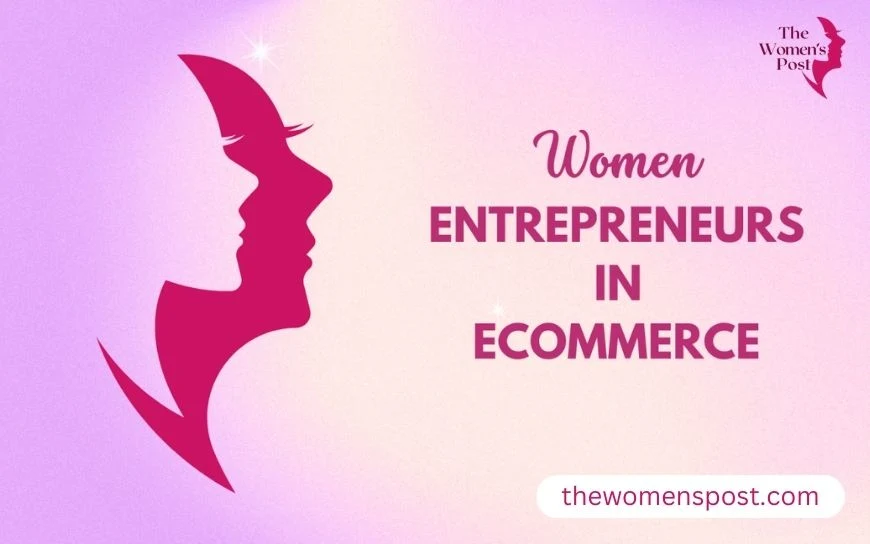In the fast-paced world of technology and entrepreneurship, few names shine as brilliantly — and as modestly — as Melanie Perkins. Melanie is the co-founder and CEO of Canva, the immensely popular graphic design platform. Her narrative is one of unshakeable tenacity, quiet resilience, and an unwavering confidence in the power of ideas. Her story begins in a humble house in Perth, Australia, and rises to the pinnacles of global digital innovation, inspiring many dreamers throughout the world.
The Humble Beginnings
Melanie Perkins was born in 1987 in Perth, Western Australia. Her father is a Malaysian of Filipino and Sri Lankan origin, while her mother is an Australian-born teacher. Melanie grew up in a world full with curiosity and creativity. She was a quiet but determined youngster who spent hours immersed in books, creating patterns, and thinking thoughts that went well beyond her immediate surroundings.
Her business spirit emerged early. Melanie established her first modest company when she was 14 years old, making and selling handmade scarves. It was more than simply a creative outlet; it provided insight into the world of business, problem resolution, and customer pleasure. These humble beginnings sowed the seeds for what would eventually blossom into an empire.
The Spark of an Idea
Melanie discovered her genuine passion at the University of Western Australia, where she studied communications, psychology, and commerce. While instructing other students in graphic design applications such as Adobe Photoshop and InDesign, she saw something remarkable: the tools were strong but intimidatingly complex. Her kids frequently struggled to understand even the fundamentals.
This was her “Aha” moment. What if graphic design was straightforward, accessible, and intuitive for everyone, including students, instructors, marketers, and small company owners? It was a daring concept, but it wouldn’t leave her head.
Melanie and her then-boyfriend (now husband) Cliff Obrecht founded Fusion Books in 2007, an online service that let students and schools to create and publish their own yearbooks. It was Canva in its most basic form: simplified, user-friendly design without technological complexities. The approach quickly gained hold in schools across Australia.
The Road to Canva
But Melanie wasn’t finished. She had big dreams. She envisioned a platform that went well beyond yearbooks—a simple, all-in-one creative tool that could serve the entire planet.
This desire, however, was greeted with unrelenting obstacles. Melanie and Cliff were repeatedly rejected by investors. They were young, somewhat unknown, and proposing a design tool in a tech industry preoccupied with social networking and e-commerce at the time. Melanie recalls going to Silicon Valley, sleeping on friends’ sofas, and presenting innumerable presentations, frequently in front of sceptical audiences.
For three years, the word “no” was an unwanted but continuous presence.
Melanie did not flinch. With each refusal, she improved her pitch, polished her eyesight, and continued knocking on doors. Her relentless perseverance paid off when they met Bill Tai, a well-known venture financier who recognised the potential in their project.
Through Tai’s network, they met Cameron Adams, a former Google engineer who became Canva’s third co-founder.
Canva began in 2013 once they had completed their team and acquired finance.
The Rise of a Revolution
Canva’s influence was immediate and enormous. The platform democratised design by providing drag-and-drop capability, customisable templates, and a user-friendly interface. Suddenly, anybody, from a small company owner creating social media postings to a student planning a presentation, could produce great visuals without professional training.
By 2021, Canva was worth $40 billion, making Melanie Perkins one of Australia’s wealthiest women. Melanie stayed grounded, even as the statistics climbed. She and Cliff agreed to donate the majority of their fortune to philanthropic causes, motivated by a shared view that their success should benefit others.
The Heart Behind the Brand
Melanie stands out not only for her acute commercial acumen, but also for her very humane leadership style. She is well-known for creating a culture of compassion, cooperation, and inclusion at Canva. Her staff frequently discusses her empathy – how she listens, encourages, and leads with purpose rather than power.
Melanie’s experience serves as a poignant reminder that success seldom follows a linear path. It’s frequently a tortuous route, punctuated by self-doubt, dogged work, and moments of quiet bravery. She once stated: “If you’re determined and optimistic, great things can happen.”
Melanie Perkins is now regarded as a source of inspiration, not only for young entrepreneurs, but for anybody willing to dream big. Her path from a tiny Perth house to the global tech stage demonstrates how huge ideas frequently begin with a simple question: What if?
And occasionally the “what ifs” transform the world.
Also read: Bumble’s Success Story: How Whitney Wolfe Herd Built a Tech Empire










